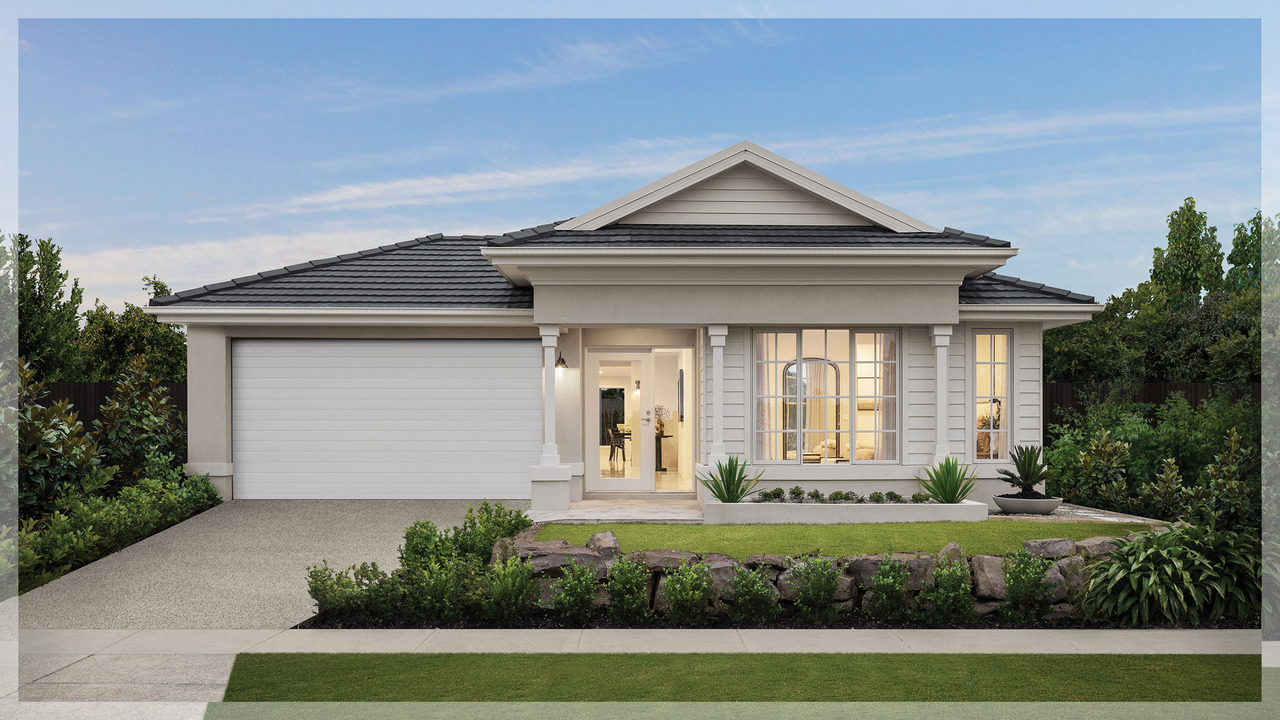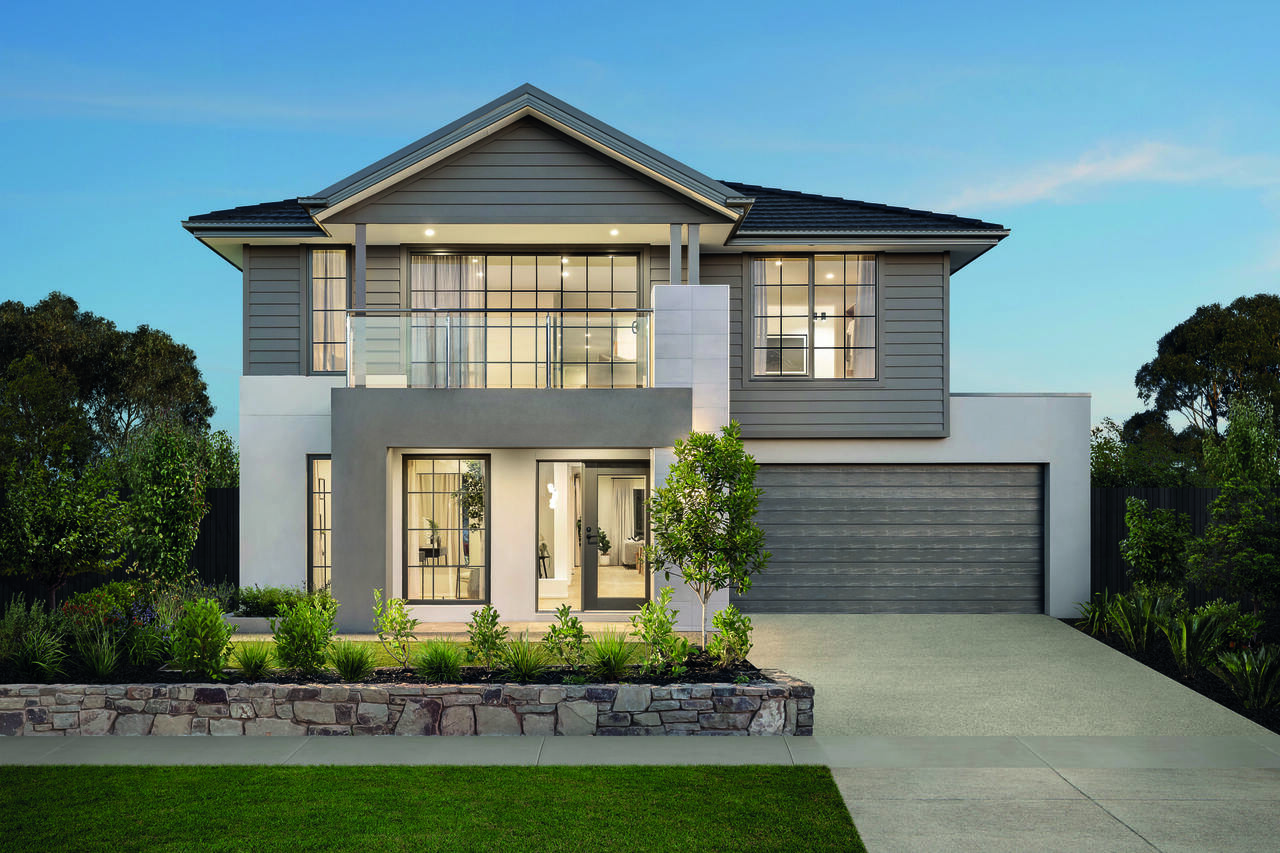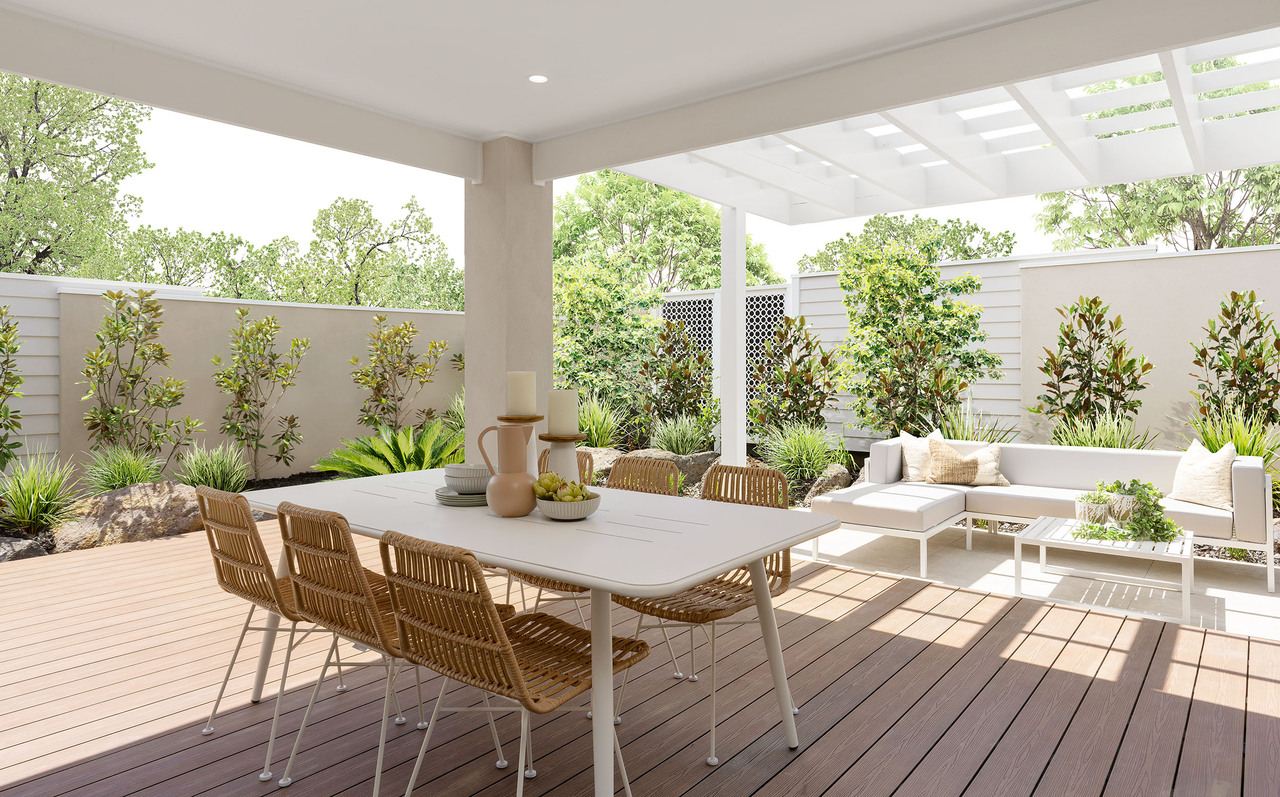From Planting to Fencing: A Guide to Landscaping

Everyone wants to feel proud of the place they call home, which is why developers work hard to create beautiful streetscapes in new estates. When you build a new home in a contemporary estate, you will probably receive design guidelines regarding what you can and can’t feature in your front garden, including planting types, fencing and the proportion of hard to soft landscaping.
These guidelines help maintain a cohesive and quality appearance throughout the estate and protect the value of your home.
Here, landscape designer Mark Browning, who is principal at Mark Browning Landscape Design and has designed over 500 stunning gardens in Carlisle display homes, shares more detail.
What are the most common developer requirements?
- Lawn: No artificial lawn in your front garden.
- Site coverage: Your developer may have guidelines regarding the ratio of hard (decking, pavers) to soft (planting) landscaping in your front yard.
- Canopy trees: The inclusion of at least one canopy tree, sometimes two, in your front yard.
- Fencing: No fending on your home’s frontage as well as on certain sections of your side boundaries, or on corner blocks.
- Concealed services: No visual access to clotheslines, bin areas and services such as hot water and air-conditioning units.

Do these regulations apply to backyards too?
No, they only apply to front gardens. In other words, the outside area of your home that can be seen from the street.
Which plants do Melbourne developers generally approve of?
Native plants are generally preferred. Correa, Dianella, Lomandra and Acacia species appear in developer guidelines almost without exception.
Most developers generally request a good mix of ground covers, shrubs and trees.
Which plants are they less keen on?
Planting guidelines vary widely, but consistently any plants that appear on government noxious weed lists such as Agapanthus and Mirror Bush are frowned upon.
Any tips for success?
Install plants of smaller sizes and spend some of the savings on irrigation systems. This makes it easier and more convenient to care for your garden.
What about hardscaping?
Developers generally won’t approve letterboxes on poles, red-dyed mulch or plain concrete for areas such as the driveway.

Would you like to see some examples of developer-approved front landscaping? Visit one (or more) of Carlisle’s 80+ display homes in Melbourne, which feature landscaping by Mark Browning designed in accordance with estate guidelines.
